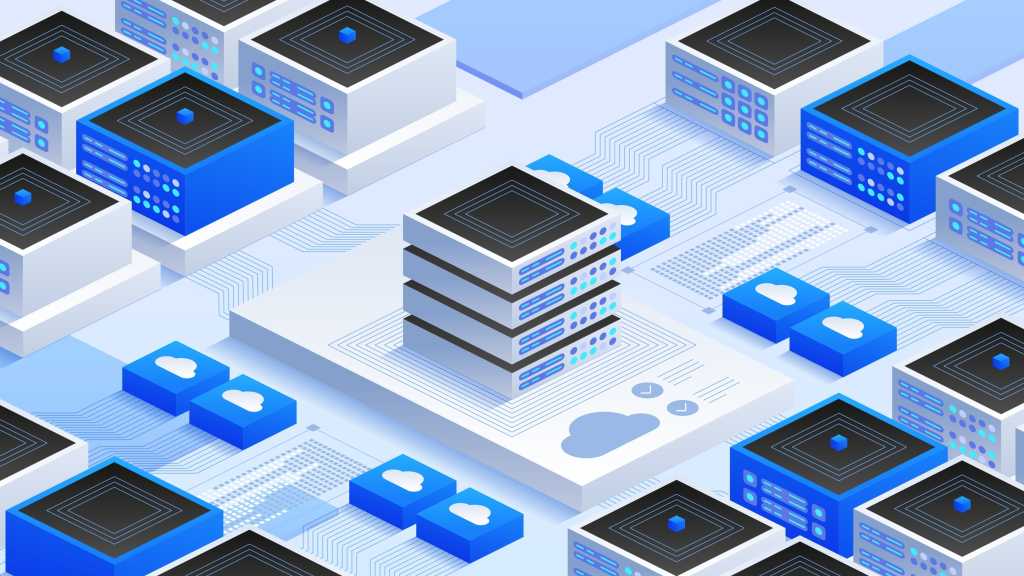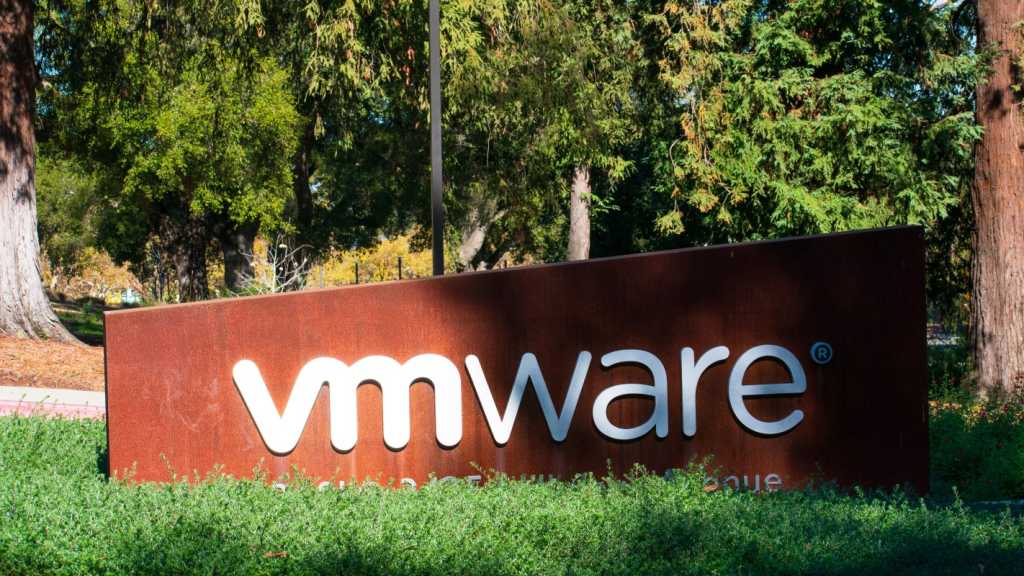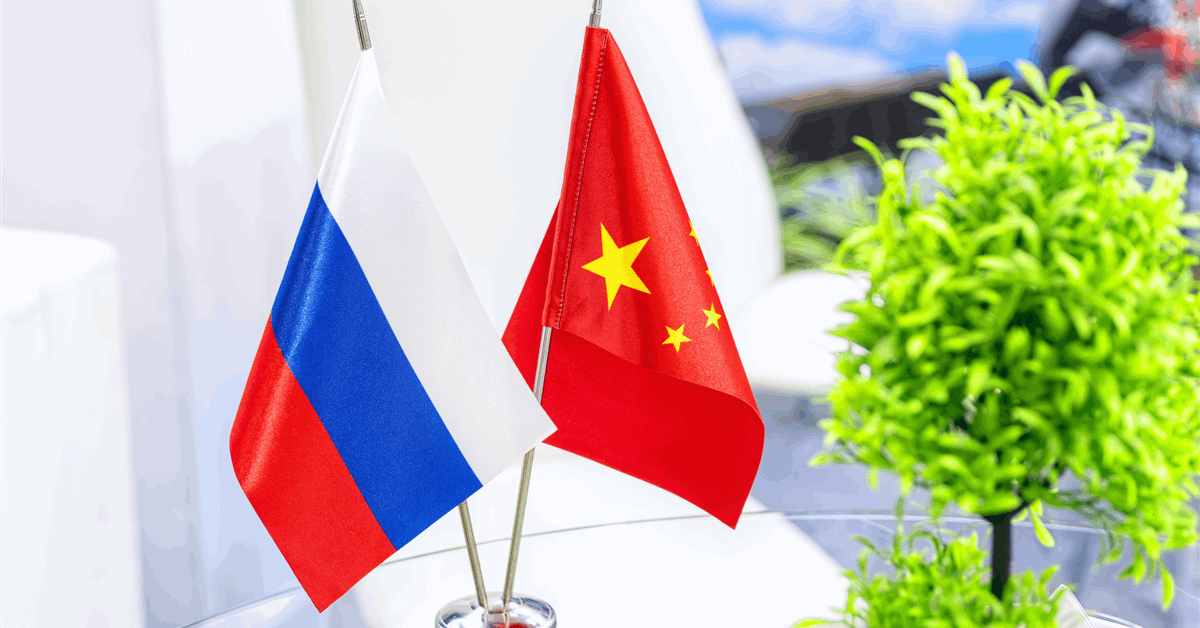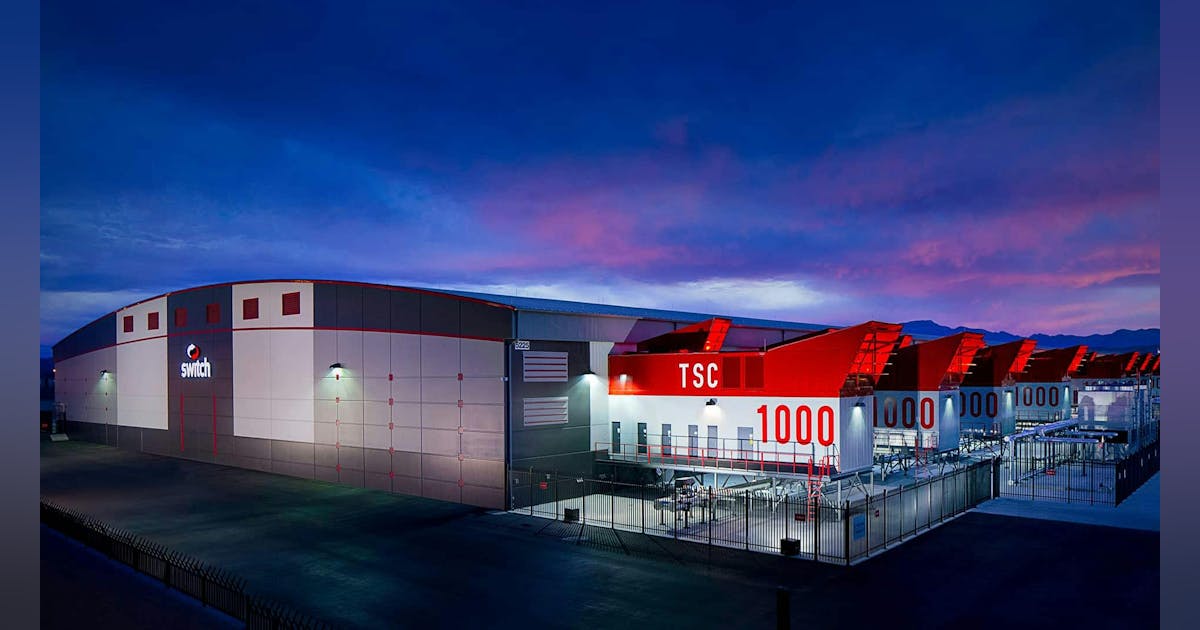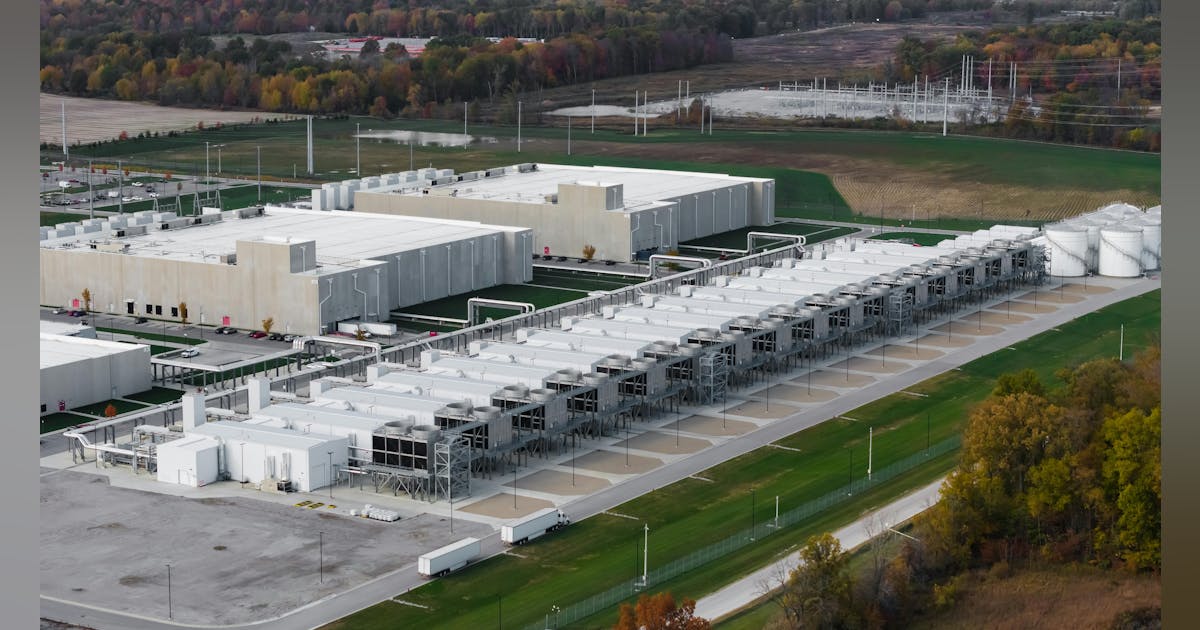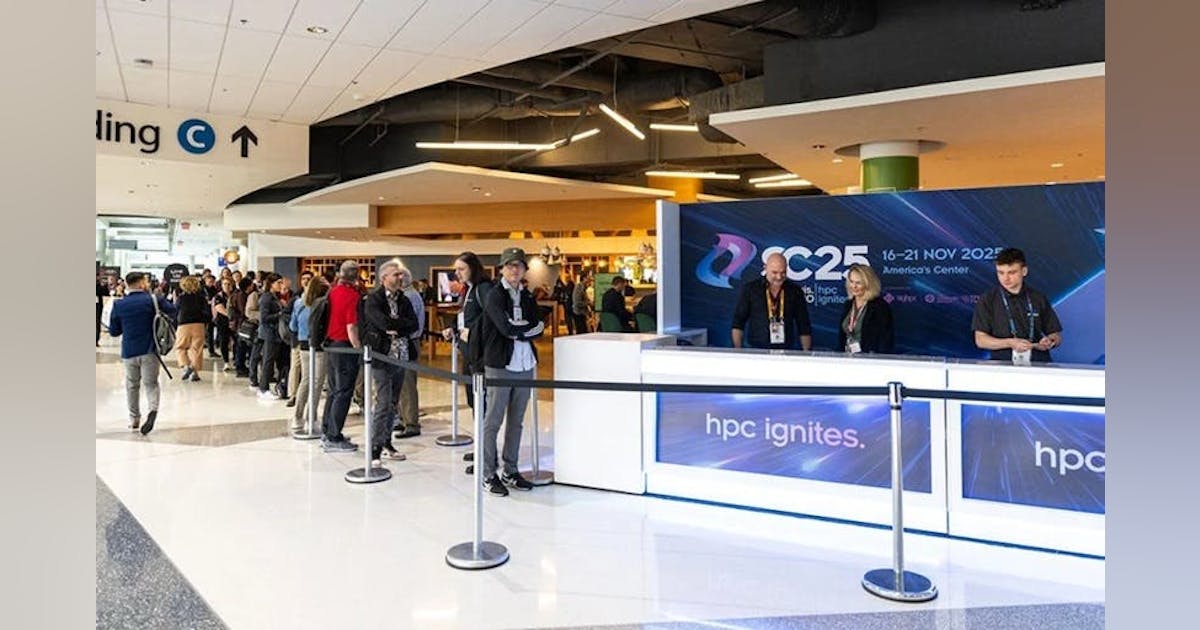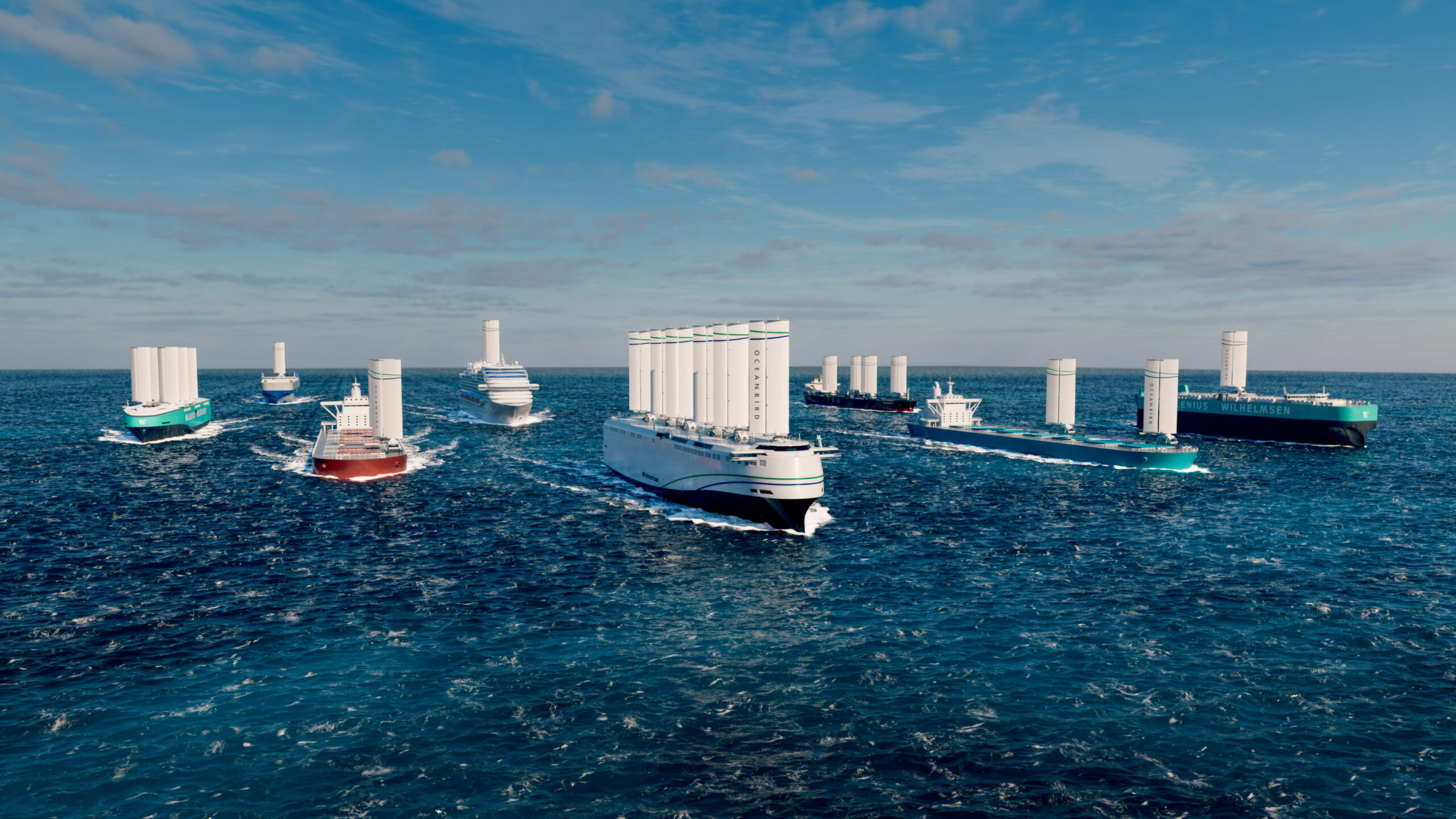This is today’s edition of The Download, our weekday newsletter that provides a daily dose of what’s going on in the world of technology.
Introducing: MIT Technology Review’s 10 Breakthrough Technologies for 2025
Each year, we spend months researching and discussing which technologies will make the cut for our 10 Breakthrough Technologies list. We try to highlight a mix of items that reflect innovations happening in various fields. We look at consumer technologies, large industrial-scale projects, biomedical advances, changes in computing, climate solutions, the latest in AI, and more.
We’ve been publishing this list every year since 2001 and, frankly, have a great track record of flagging things that are poised to hit a tipping point. It’s hard to think of another industry that has as much of a hype machine behind it as tech does, so the real secret of the TR10 is really what we choose to leave off the list.
Check out the full list of our 10 Breakthrough Technologies for 2025, which is front and center in our latest print issue. It’s all about the exciting innovations happening in the world right now, and includes some fascinating stories, such as:
+ How digital twins of human organs are set to transform medical treatment and shake up how we trial new drugs.
+ What will it take for us to fully trust robots? The answer is a complicated one.
+ Wind is an underutilized resource that has the potential to steer the notoriously dirty shipping industry toward a greener future. Read the full story.
+ After decades of frustration, machine-learning tools are helping ecologists to unlock a treasure trove of acoustic bird data—and to shed much-needed light on their migration habits. Read the full story.
+ How poop could help feed the planet—yes, really. Read the full story.
Roundtables: Unveiling the 10 Breakthrough Technologies of 2025
Last week, Amy Nordrum, our executive editor, joined our news editor Charlotte Jee to unveil our 10 Breakthrough Technologies of 2025 in an exclusive Roundtable discussion. Subscribers can watch their conversation back here. And, if you’re interested in previous discussions about topics ranging from mixed reality tech to gene editing to AI’s climate impact, check out some of the highlights from the past year’s events.
This international surveillance project aims to protect wheat from deadly diseases
For as long as there’s been domesticated wheat (about 8,000 years), there has been harvest-devastating rust. Breeding efforts in the mid-20th century led to rust-resistant wheat strains that boosted crop yields, and rust epidemics receded in much of the world.
But now, after decades, rusts are considered a reemerging disease in Europe, at least partly due to climate change.
An international initiative hopes to turn the tide by scaling up a system to track wheat diseases and forecast potential outbreaks to governments and farmers in close to real time. And by doing so, they hope to protect a crop that supplies about one-fifth of the world’s calories. Read the full story.
—Shaoni Bhattacharya
The must-reads
I’ve combed the internet to find you today’s most fun/important/scary/fascinating stories about technology.
1 Meta has taken down its creepy AI profiles
Following a big backlash from unhappy users. (NBC News)
+ Many of the profiles were likely to have been live from as far back as 2023. (404 Media)
+ It also appears they were never very popular in the first place. (The Verge)
2 Uber and Lyft are racing to catch up with their robotaxi rivals
After abandoning their own self-driving projects years ago. (WSJ $)
+ China’s Pony.ai is gearing up to expand to Hong Kong. (Reuters)
3 Elon Musk is going after NASA
He’s largely veered away from criticising the space agency publicly—until now. (Wired $)
+ SpaceX’s Starship rocket has a legion of scientist fans. (The Guardian)
+ What’s next for NASA’s giant moon rocket? (MIT Technology Review)
4 How Sam Altman actually runs OpenAI
Featuring three-hour meetings and a whole lot of Slack messages. (Bloomberg $)
+ ChatGPT Pro is a pricey loss-maker, apparently. (MIT Technology Review)
5 The dangerous allure of TikTok
Migrants’ online portrayal of their experiences in America aren’t always reflective of their realities. (New Yorker $)
6 Demand for electricity is skyrocketing
And AI is only a part of it. (Economist $)
+ AI’s search for more energy is growing more urgent. (MIT Technology Review)
7 The messy ethics of writing religious sermons using AI
Skeptics aren’t convinced the technology should be used to channel spirituality. (NYT $)
8 How a wildlife app became an invaluable wildfire tracker
Watch Duty has become a safeguarding sensation across the US west. (The Guardian)
+ How AI can help spot wildfires. (MIT Technology Review)
9 Computer scientists just love oracles 🔮
Hypothetical devices are a surprisingly important part of computing. (Quanta Magazine)
10 Pet tech is booming 🐾
But not all gadgets are made equal. (FT $)
+ These scientists are working to extend the lifespan of pet dogs—and their owners. (MIT Technology Review)
Quote of the day
“The next kind of wave of this is like, well, what is AI doing for me right now other than telling me that I have AI?”
—Anshel Sag, principal analyst at Moor Insights and Strategy, tells Wired a lot of companies’ AI claims are overblown.
The big story
Broadband funding for Native communities could finally connect some of America’s most isolated places
September 2022
Rural and Native communities in the US have long had lower rates of cellular and broadband connectivity than urban areas, where four out of every five Americans live. Outside the cities and suburbs, which occupy barely 3% of US land, reliable internet service can still be hard to come by.
The covid-19 pandemic underscored the problem as Native communities locked down and moved school and other essential daily activities online. But it also kicked off an unprecedented surge of relief funding to solve it. Read the full story.
—Robert Chaney
We can still have nice things
A place for comfort, fun and distraction to brighten up your day. (Got any ideas? Drop me a line or skeet ’em at me.)
+ Rollerskating Spice Girls is exactly what your Monday morning needs.
+ It’s not just you, some people really do look like their dogs!
+ I’m not sure if this is actually the world’s healthiest meal, but it sure looks tasty.
+ Ah, the old “bitten by a rabid fox chestnut.”


